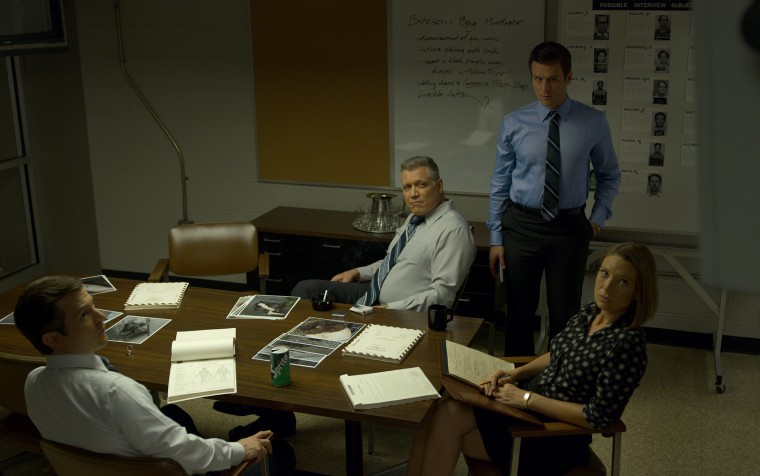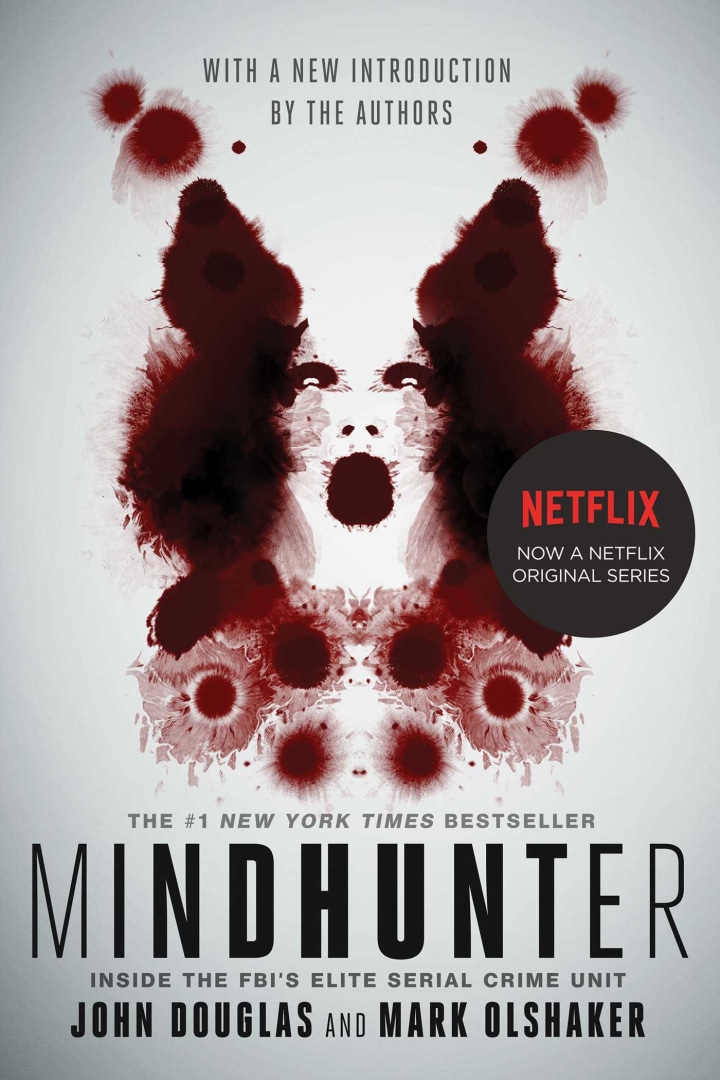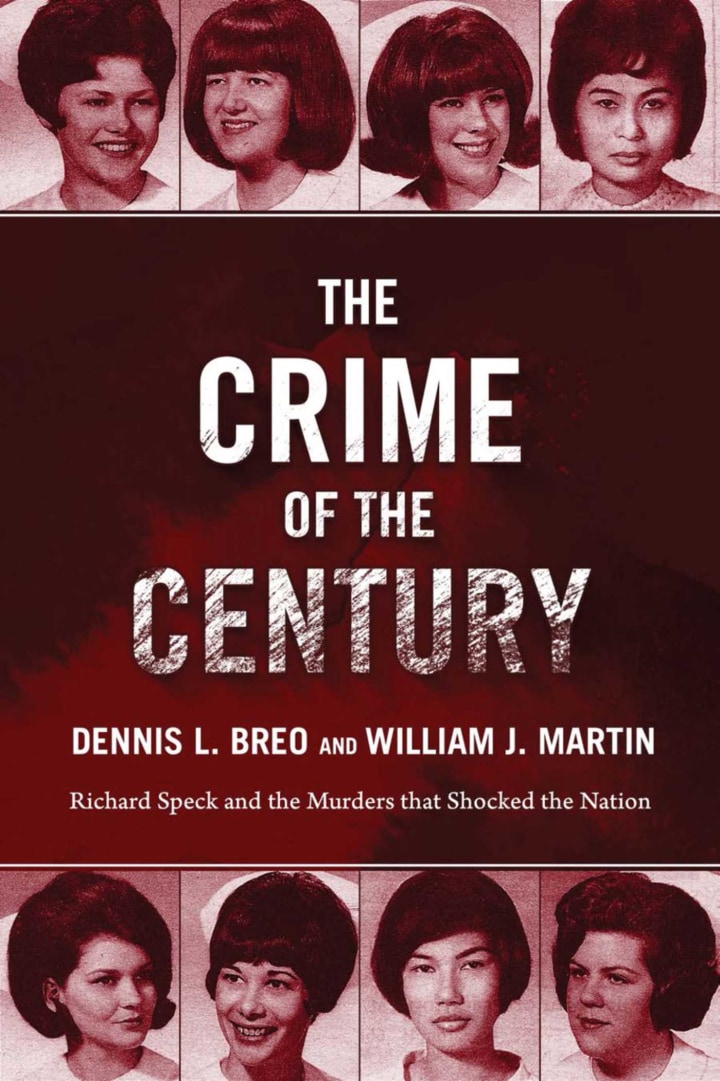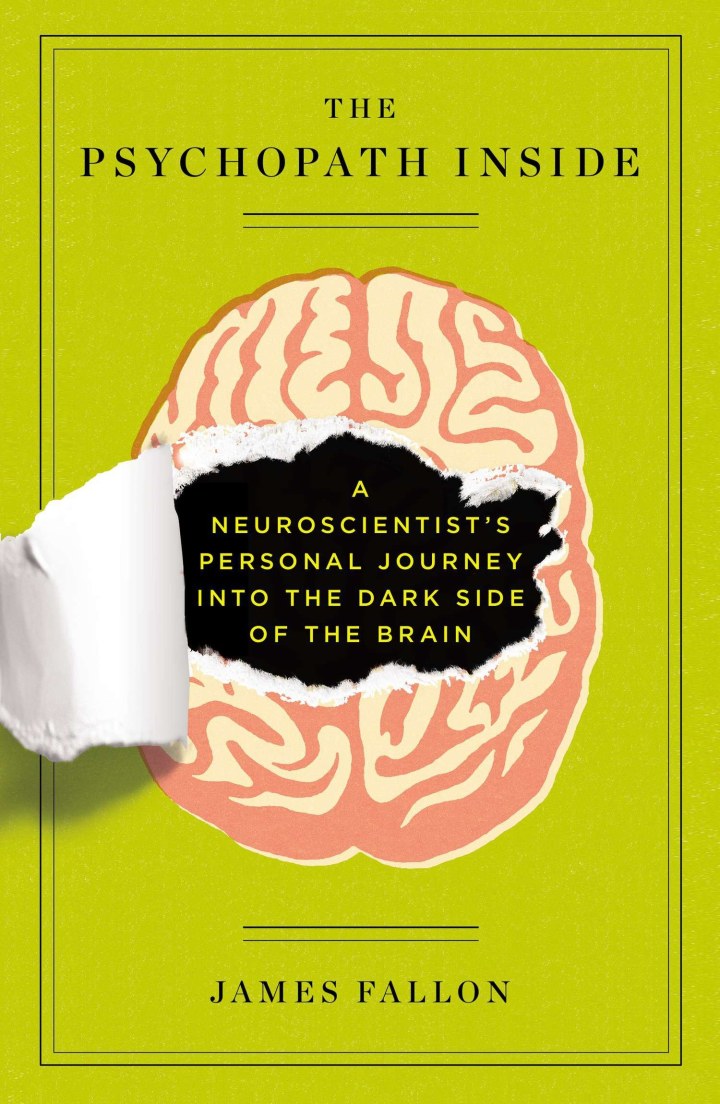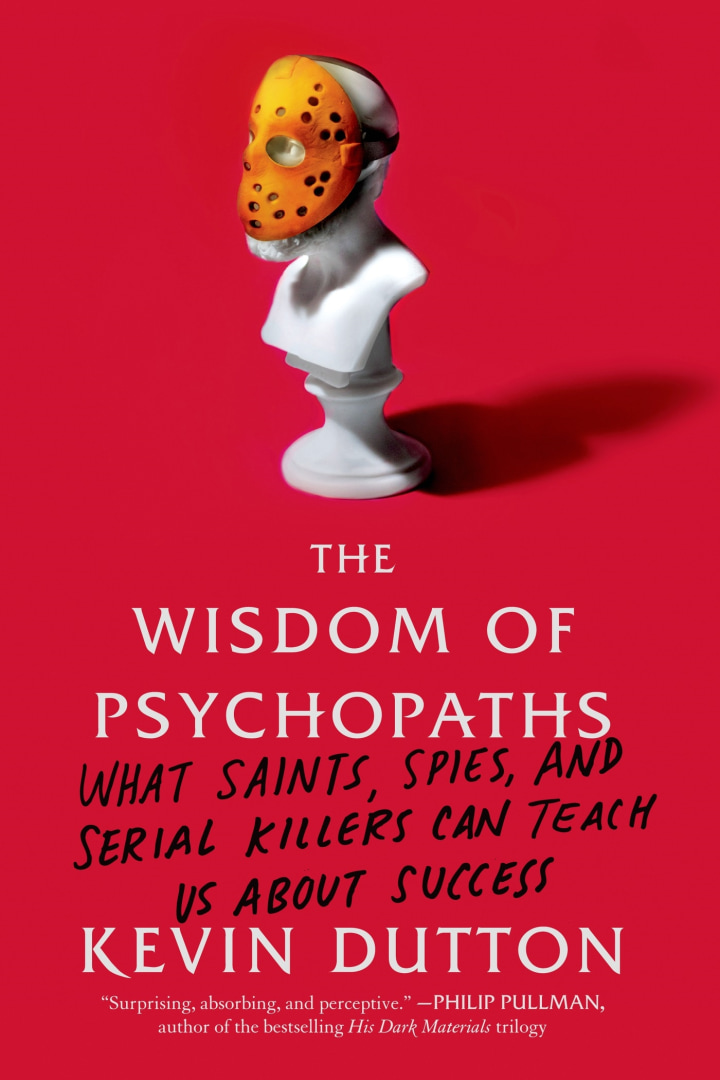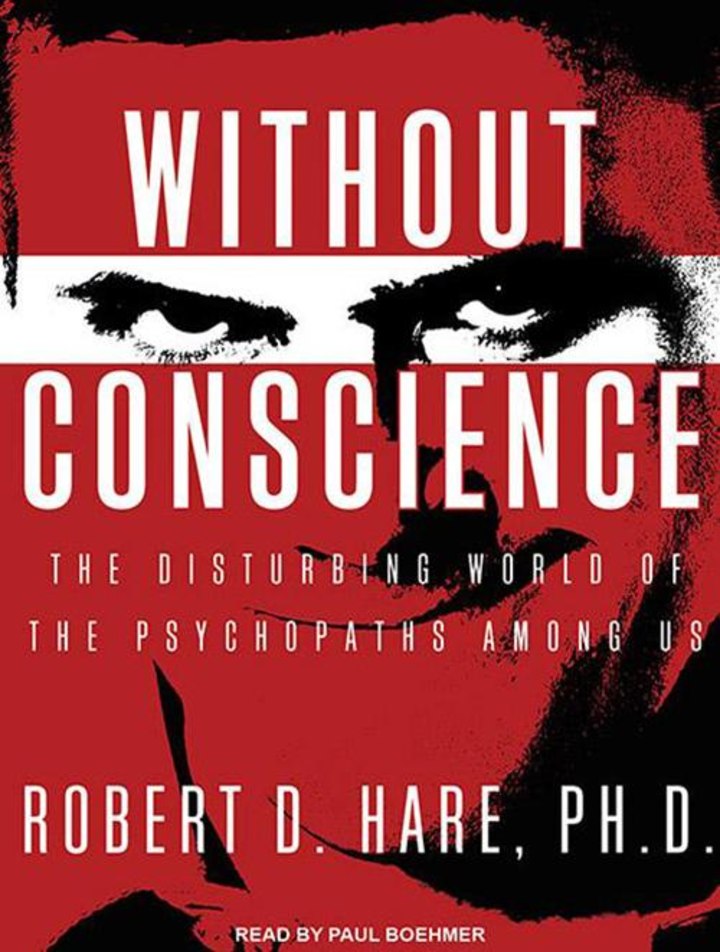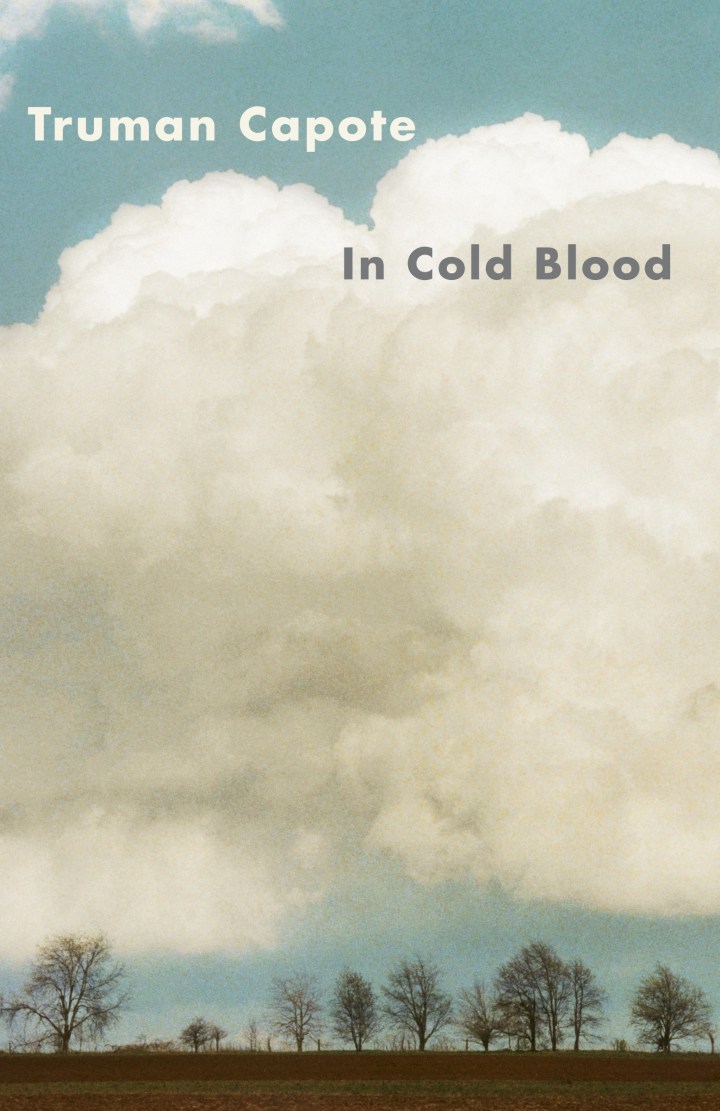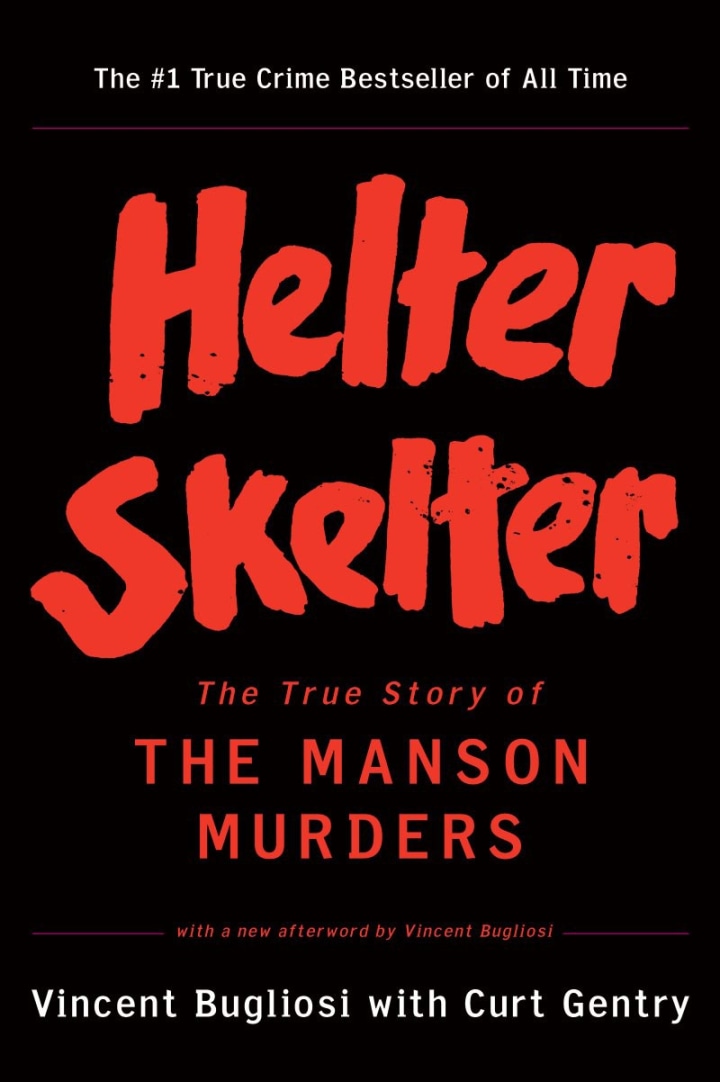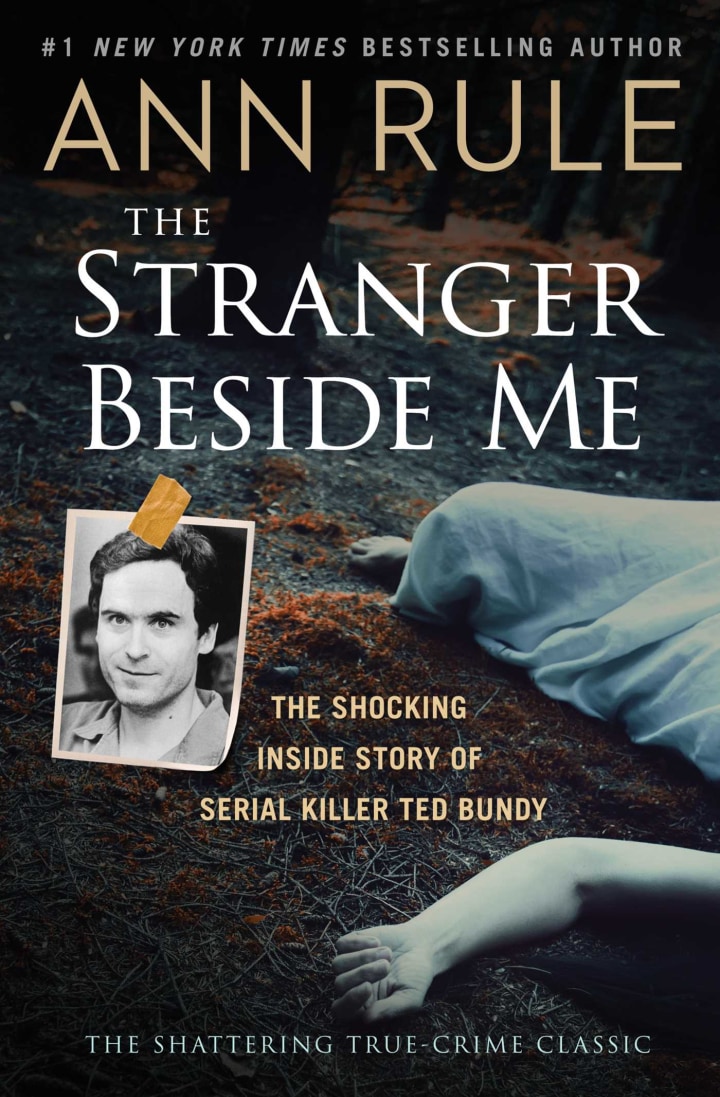It’s 1 a.m. on Sunday, where I am dog-sitting alone for my aunt in a big, 80-year-old house nestled high in the hills of Los Angeles. I should be in bed, but the truth is I’m ever so faintly scared to death. I’m staying in a home just blocks away from one of the city’s most infamous sites: that of the hillside strangler. My aunt, whose stepfather was a cop who worked the case, has pointed out to me the near exact locations where some of the victims’ bodies were discovered.
Additionally, I recently binged both season two of ‘Mindhunter’ and the limited series “Unbelievable”, both Netflix originals that dive deep into the stories of real crimes and the detectives working to crack them. Such gruesome content surely isn’t helping curb my nighttime anxiety.
Perhaps I should curl up with a book — a healthier way to occupy my mind as the clock ticks worrisomely past bedtime. I have no shortage of literature on my Kindle, and I have been wanting to dip into a number of novels that were just longlisted for the National Book Award, such as Ocean Vuong’s “On Earth We’re Briefly Gorgeous”.
Yes, I’ll run a bath and start a beautiful novel that will move me to tears. That’s what I’ll do.
Oh, who am I kidding? First of all, bathtubs are like, ideal places to be murdered, but more importantly, I need more true crime content! Give me those gory stories that remind me of my profound vulnerability as a woman; the stuff that triggers goosebumps on my neck as I realize, for the millionth ghastly time, that the truth is stranger, uglier and so much deadlier than fiction.
For myself and the millions of other true crime devotees out there, I’ve compiled a list of some of the category’s most chilling reads, as recommended by psychologists as well as myself, given that I’ve read dozens of these books both for pleasure (disturbing as that sounds) and business when, in the mid-aughts, I wrote a plethora of content for a true crime app.
Mindhunter: Inside the FBI's Elite Serial Crime Unit by John E. Douglas and Mark Olshaker
John E. Douglas now serves as a consultant on the show Mindhunter, and rightly so — it was the book he co-authored that inspired the series.
“This is [Douglas’s] first true crime book, and it talks about how he helped pioneer the FBI’s serial crime profiling program, including inside stories from famous serial killers,” says Aimee Daramus, a licensed clinical psychologist who has experience working with forensic clients.
If you’ve already plowed through this gripping book, which has racked up over 4 stars between more than 25,000 reviews on Goodreads, you might want to check out other works by Douglas and Olshaker such as “The Killer Across the Table: Unlocking the Secrets of Serial Killers and Predators with the FBI's Original Mindhunter”, which Daramus recommends if you want more Mindhunter materials.
The Crime of the Century: Richard Speck and the Murders That Shocked a Nation by Dennis L. Breo and William J. Martin
“This book explores one of the lesser known (albeit one of the most prolific) group murders occurring in 1966 [and] details the night of the murders, the massive manhunt and investigation that followed, as well as the trial,” says Erica Rojas, a licensed psychologist with expertise in forensics and the founder of Broadway Psychological Associates. “While the details are vividly outlined, the story itself illuminates the consequences of fear, shock and groupthink mentality.”
The Psychopath Inside: A Neuroscientist's Personal Journey into the Dark Side of the Brain by James Fallon
“Dr. Fallon is a researcher who admits that he has all the core traits of a psychopath but didn't have the kind of upbringing that would turn him into a violent criminal,” says Daramus. “He‘s [an] expert in the genetics of psychopathy and how it interacts with a child‘s environment to determine how those genes express themselves. He has researched how the fear and empathy parts of the brain don‘t work the same in psychopaths, in ways that drive them to violence in order to get thrills.”
The Wisdom of Psychopaths: What Saints, Spies, and Serial Killers Can Teach Us About Success by Kevin Dutton
“[Dutton] talks about research into psychopaths who might be right near us as well as those who have been caught,” says Daramus. “There’s a chilling study in which psychopaths show that they can tell who has already been a victim and who hasn’t — just by watching someone walk across a room.”
Without Conscience: The Disturbing World of the Psychopaths Among Us by Robert D. Hare
“This is a deep dive into the minds of less famous, but equally violent, men and women who appear normal at first, but are born without the ability to feel remorse,” says Daramus. “Dr. Hare goes into detail about how to understand psychopaths, and if you‘re lucky, protect yourself.”
In Cold Blood by Truman Capote
Truman Capote’s “In Cold Blood” is the book that vaulted true crime into the literary limelight. First published in 1966, this “non-fiction novel” examines the 1959 home invasion murders of the Clutter family in the humdrum town of Holcomb, Kansas. Capote, who was by then known for penning the delightful and distinctly unscary novella “Breakfast at Tiffany’s” traveled to Kansas with his colleague Harper Lee to learn and write about the crime and the two killers behind it. Capote never takes a cheap shot, serving up virtuosic prose and airtight dialogue. This story may be based on a true one, but it’s got all the magic of a work of original art.
Helter Skelter: The True Story of the Manson Murders by Vincent Bugliosi and Curt Gentry
This seminal true crime masterpiece depicts, in fastidious detail, the story of the Manson murders and subsequent trial, penned by the prosecuting attorney himself. This tome weighs in at nearly 700 pages, but it’s so engrossing that you might find yourself flying through the chapters.
The Stranger Beside Me by Ann Rule
Ever wonder if the guy you work with is a psychopathic serial killer? Well, author Ann Rule didn’t, because her coworker at a crisis hotline, of all places, was actually a total sweetheart. He was also Ted Bundy, as Rule later discovered. True crime doesn’t get much more up close and personal than this.
An Unbelievable Story of Rape, an article by T. Christian Miller, ProPublica and Ken Armstrong, The Marshall Project
While this isn’t a book, it’s an incredible piece of journalism that scooped up the 2016 Pulitzer Prize for Explanatory Reporting and was the direct inspiration for the Netflix hit “Unbelievable”. I recommend reading this article both if you loved the show and if you want to learn about this fascinating case but would rather not watch a series that depicts graphic sexual violence.
Why do we like true crime so much, anyway?
As I was compiling this list, I found myself persistently wondering why these reads (and the many TV shows, documentaries and podcasts in the true crime genre) are so popular. Why are we so enthralled not just by scary stories, but by unimaginable violence that actually happened to innocent people?
Melissa Hamilton, a former police officer and now senior lecturer in law and criminal justice at the University of Surrey lends some valuable insight.
“We like to think our fellow humans (and ourselves) are rational thinkers, reasonable people, who are committed to the ideals of the social contract,” says Hamilton. “Individuals who commit heinous or otherwise strange crimes violate those standards. They are thereby interesting, yet also scary. Our fascination is, as well, to try to understand how they are thinking and feeling. We also often want to figure out what ‘causes’ them to be so different. These ‘causes’ are an often unconscious attempt to explain that weirdness, to compartmentalize that individual as being somehow very different, and thus to distinguish them from ourselves and others. Doing so may allow us to continue to feel safe [in knowing that] this person, this event, was an aberration.”
There’s also the idea that the more we know about how a homicidal psychopath might operate, the better our chances of protecting ourselves against such a person.
Watching these television shows can act as a dress rehearsal for most people. It challenges individuals to develop scenarios to protect themselves and can mentally prepare us for dangerous situations.
“Watching true crime shows allows people to gain a better understanding of what to do if they find themselves in similar situations,” says Rojas. “For example, learning about the tendency for serial killers to ‘stalk’ their victims beforehand can educate people on how to become aware of signs that they are being watched and/or followed. Watching these television shows can also act as a dress rehearsal for most people. It challenges individuals to develop scenarios to protect themselves and can mentally prepare us for dangerous situations. Understanding the mind of an offender can possibly prevent you from becoming the next victim.”
There’s certainly no harm in turning to true crime works to better understand how a cold-blooded killer might think, but we should be mindful to not stigmatize mental illness — a mistake that many lesser true crime shows (“Deadly Women”, I’m looking at you) tend to celebrate.
“When a show has a lot of criminals with schizophrenia or bipolar disorder, for example, it can unintentionally promote the idea that all people with mental illness are violent and that ‘normal’ people never do violent or abusive acts,” says Daramus. “Shows that present criminals as conflicted, driven by fear or mistaken good intentions, are more realistic and less likely to encourage stigma.”
More on BETTER
- Why 'getting lost in a book' is so good for you, according to science
- 20 end-of-summer beach reads for 2019
- How to be a better reader
- A better way to organize and style your bookshelves
Want more tips like these? NBC News BETTER is obsessed with finding easier, healthier and smarter ways to live. Sign up for our newsletter and follow us on Facebook, Twitter and Instagram.
